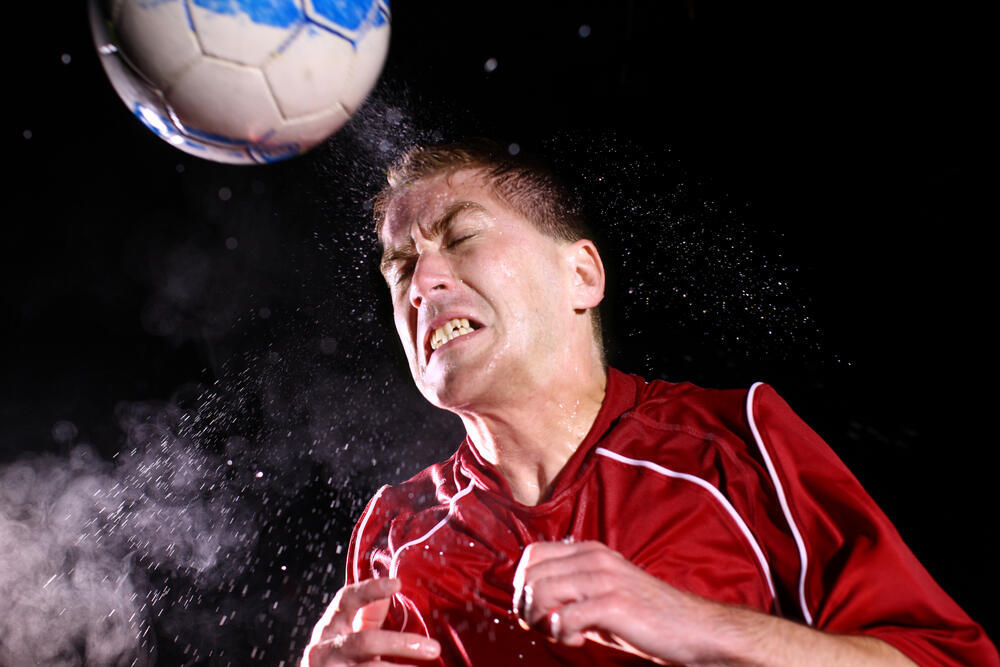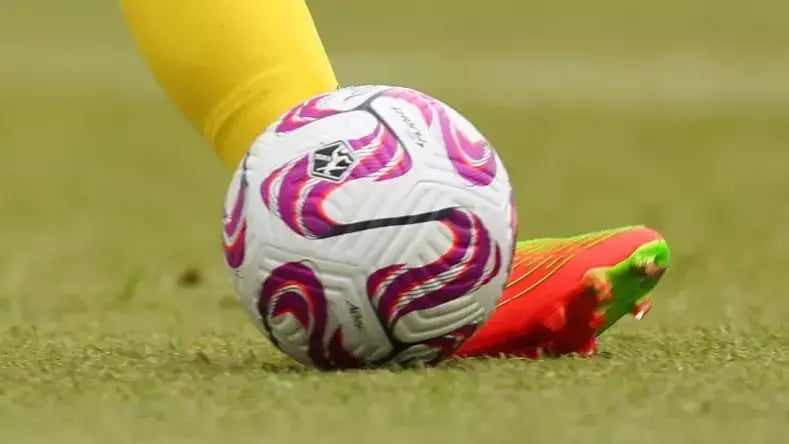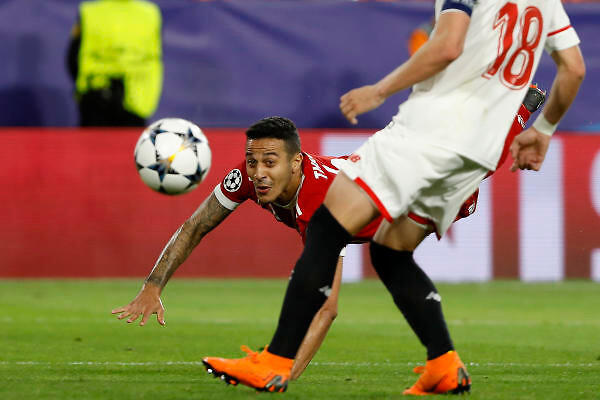Getting your Trinity Audio player ready...
Soccer enthusiasts and professionals alike experience head injuries as part of their training and games routine when heading the ball.
More stories:
In some cases, the injury is mild and not dangerous, but in other cases, it can lead to brain damage and irreversible conditions such as Alzheimer's, dementia and mental disorders.
It turns out that the dangers resulting from heading the ball over the years are much more severe than previously thought and may only manifest in the long term.
In other words, head injuries that don’t have signs and symptoms of a brain concussion can still lead to clinical and pathological conditions.
This was revealed in a lecture by Prof. Thomas Kaminski, a kinesiology and applied physiology expert at the University of Delaware at the World Congress of Sports Physical Therapy held in Israel.
According to a study conducted by Prof. Kaminski among soccer players in U.S. college leagues, 70% of the players suffered a brain concussion.
Most of the injuries (66.5%) were caused by collisions and unintentional contact with the ball or other players.
It was also noted that defensive players are more likely to suffer brain concussions due to aerial challenges. This threat also exists among female soccer players, despite them heading the ball two times less than male soccer players.
Head and brain trauma
So what actually happens during a brain concussion? When a strong blow is received to the front or back of the head, the brain collides with the inner walls of the skull.
This impact can lead to changes in electrical activity, as well as nervous disturbance, metabolic disorders, and changes in brain cell structure.
Studies conducted post-mortem analysis on the brains of soccer players found that in the long term, they suffered from chronic traumatic encephalopathy (CTE) - a medical condition characterized by the deposition of tau protein, one of the known risk factors of diseases like Alzheimer's, Parkinson's, dementia, and more.
CTE can lead to behavioral issues and cognitive decline in patients who have suffered repetitive head injuries. In these cases, young soccer players are at a higher risk due to incomplete brain development, weak neck muscles, weak core muscles, and lack of proper technique.
According to a report published in the United States and a survey of data on suicidal tendencies between 2015-2012, 5% of the people who committed suicide were professional soccer players.
The highest risk was found to be among field players - especially defenders, and those with longer careers in soccer.
However, there are also many health benefits associated with a professional soccer career - a lower risk of ischemic heart disease and lung cancer mortality, as well as a lower risk of common mental health disorders such as anxiety, stress, depression, alcohol and drug abuse, and bipolar disorders.
How can you protect yourself?
After collecting all the data, Prof. Kaminski wrote a proposal aimed at guiding soccer coaches. According to his paper, the number of headings should be limited, and the allowed intensity of collisions should be based on a player’s age.
Additionally, he emphasized that the number of headings in a match should be higher than what is allowed during training sessions.
He divided the guidelines according to age groups: children are limited to one heading per game, teenagers are limited to three, and college students are limited to five. Prof. Kaminski also established several important principles that can help reduce head acceleration, thus minimizing the risk.
For example, by aligning the neck and upper body during a collision with the ball, the head’s acceleration can be lowered. Risk will also be lowered if the neck muscles are strengthened or a head covering is worn.
However, Prof. Kaminski also noted a few factors that can increase head acceleration during headings. For example, when the ball arrives at high speed, the level of head acceleration intensifies, making the risk for injury higher.
Dangers recognized worldwide
Many countries are taking the issue seriously and investing resources to address the problem. In the U.S., for example, laws have been implemented regarding headings for teenagers and children, allowing a limited number of them per week and none at all for children under the age of 11.
Regarding this, Prof. Kaminski addressed those who teach their young children to head the ball from a very early age (3-4), which can pose a significant risk. "It’s absurd, it shouldn’t be done," he said and added that "headings should be taught gradually, starting at the age of 10."
"In addition to strengthening the neck muscles to absorb the impact force of the ball and using a softer or less inflated ball during training, proper heading technique is also important in preventing brain concussions," says Prof. Ella Been, head of Ono Academic College’s Sports Therapy Department.
"A soccer weighs almost half a kilogram. According to studies, during a heading, the ball can impact a player's head at speeds of up to 128 kilometers per hour. The brain of a ten-year-old is still developing, making it more susceptible to injury than an adult's brain.”
“These guidelines are recommended for non-professional soccer players as well. However, it’s important to note that non-professional players typically spend fewer hours per week on the field, so they’re less exposed to repeated heading injuries,” she added.
“There’s a need to continue researching the connection between heading and the soccer player's health in the immediate and long-term periods."






